When I think about transforming my balcony into a little slice of paradise, balcony gardening always comes to mind. It’s an amazing way to maximize limited outdoor space while adding beauty and charm to my living area. Hanging flower plants, in particular, have become my go-to choice because they not only look stunning but also save precious floor space.
The vibrant colors and cascading blooms of hanging plants create a lively atmosphere, making my balcony feel like a cozy retreat. Plus, they’re often easier to care for than traditional potted plants, making them perfect for busy lifestyles like mine. However, choosing the right plants is crucial. I’ve learned that understanding the sunlight and growth habits of different plants can mean the difference between a flourishing garden and a struggling one. So, let’s dive into some fantastic options for hanging flower plants that can thrive on your balcony!
Best Hanging Plants for Full Sun
Petunias
One of my absolute favorites has to be Petunias. These classic flowers come in a stunning array of colors, from vibrant pinks to deep purples, and they truly know how to put on a show. What I love about them is their prolific blooming; they seem to flower all summer long, creating a beautiful display.
Caring for petunias is pretty straightforward. They thrive in full sun, so I always make sure to hang them in a spot that receives at least six hours of direct sunlight daily. During those hot summer months, they do require regular watering—typically every day or every other day. I also find that fertilizing them every two to three weeks keeps them blooming profusely, and I love seeing the results!

Million Bells (Calibrachoa)
Next up is Million Bells, also known as Calibrachoa. These charming little plants produce tiny, bell-shaped flowers that remind me of petunias but are more compact, making them ideal for hanging baskets. They add a delightful touch of color without taking up much space.
I’ve discovered that Million Bells thrive in full sun, so I position them where they can soak up those sunny rays. They prefer consistent moisture, but I allow the surface of the soil to dry out slightly between waterings. This practice helps prevent overwatering, which is crucial for their health.

Bougainvillea
Bougainvillea is another striking option I adore. With its vibrant bracts that come in shades of purple, pink, and orange, this plant can create a stunning visual impact. It’s known for spilling beautifully over hanging baskets, making it a perfect choice for my balcony.
What makes Bougainvillea stand out is its drought tolerance. I’ve learned that it prefers full sun and performs best when allowed to dry out a bit between waterings. This plant can handle the heat like a champ, and I love how it adds a tropical feel to my outdoor space.

Dragon Wing Begonia
If you’re looking for something a little different, I highly recommend the Dragon Wing Begonia. This heat-tolerant beauty blooms profusely from spring until frost, providing a lovely display throughout the warmer months. The broad leaves and abundant flowers make it a standout in any hanging basket.
Caring for Dragon Wing Begonias is relatively easy. They can thrive in full sun or partial shade, which is fantastic for those who may not have the sunniest balconies. I find they are quite forgiving if I forget to water them occasionally, but I still aim to keep them consistently moist for the best blooms.

Portulaca (Moss Rose)
Lastly, I can’t forget about Portulaca, commonly known as Moss Rose. This succulent is perfect for hot, sunny locations, and it’s a low-maintenance option that still delivers vibrant blooms. The colorful flowers seem to dance in the sunlight, bringing joy to my balcony.
Portulaca is incredibly drought-tolerant, which is a huge plus for someone like me who sometimes forgets to water. Once established, they require minimal care—just a little watering during particularly dry spells, and they’re good to go!

Hanging Plants for Partial Shade
Fuchsias
When it comes to partial shade, Fuchsias are a must-have. I love their unique drooping flowers that seem to sway gently in the breeze. These plants are perfect for shadier spots on my balcony, adding a touch of elegance with their delicate blooms.
Fuchsias thrive in cooler temperatures, so I try to keep them out of the scorching sun during the hottest part of the day. Regular watering is essential to keep the soil moist, but I avoid letting them sit in water to prevent root rot.

Bacopa
Another beautiful option for partial shade is Bacopa. I find their delicate flowers trailing beautifully from baskets, adding a soft touch to my balcony. These plants are easy to grow and thrive in lower light conditions, making them a versatile choice.
Bacopa needs consistent moisture to flourish, so I keep an eye on them to ensure they don’t dry out. I’ve learned that they appreciate a bit of care but reward me with lovely blooms in return.

Lobelia
Lobelia is another fantastic addition to my collection. With its airy foliage and delicate flowers, it’s perfect for filling out mixed baskets. The cascading nature of Lobelia creates a lovely draping effect, enhancing the overall aesthetic of my balcony garden.
This plant enjoys cooler temperatures and requires moist soil, but I make sure not to overwater. It’s all about finding that balance to keep it healthy and happy.

Swedish Ivy
Finally, I recommend Swedish Ivy for its attractive foliage. This plant is excellent for shady areas and has a lovely trailing habit that looks stunning in hanging baskets. The rich green leaves add a fresh touch to my balcony.
Caring for Swedish Ivy is a breeze. It’s tolerant of heat and can thrive in low light, which makes it ideal for less sunny spots. I make sure to keep the soil moderately moist, and this plant thrives with minimal effort.

Tips for Successful Hanging Baskets
Choose the Right Location
One of the first things I learned when starting my balcony garden is the importance of choosing the right location for my hanging baskets. Every balcony has its own unique microclimates, so I take time to assess how much sunlight each area receives throughout the day. For example, some corners might only get partial sun while others are drenched in light for most of the day. By understanding these differences, I can select the perfect plants that will thrive in those conditions, ensuring a flourishing garden that looks beautiful all season long.
Watering Needs
Watering is another crucial aspect of maintaining healthy hanging baskets. Different plants have varying needs, so I always check the specific requirements for each type. For instance, while my petunias and bougainvillea love consistent moisture, my portulaca can thrive on less frequent watering. I’ve found that establishing a routine—like checking the soil moisture every few days—helps me keep track of when to water each plant. This simple practice ensures they don’t get too dry or waterlogged, leading to vibrant blooms and healthy foliage.
Weight Considerations
As I was setting up my hanging baskets, I quickly realized the importance of considering weight. Balconies can only support so much, especially when pots are filled with wet soil. To avoid any mishaps, I recommend using lighter materials like plastic or resin pots instead of heavy ceramic or terracotta options. Not only do these lighter materials help keep the overall weight down, but they also make it easier for me to rearrange my plants if I want to change things up later.

Combine Plants for Interest
Mixing different plants in my hanging baskets has been one of the most rewarding aspects of balcony gardening. I love creating a dynamic look by combining plants with similar light and water needs. For example, I often pair petunias with bacopa to create a beautiful contrast of colors and textures. The key is to ensure that each plant shares similar growing conditions, which helps them thrive together. This approach not only adds visual interest but also makes caring for them easier since their needs align.
FAQs Section
1. What are the best hanging flower plants for full sun?
The best hanging flower plants for full sun include petunias, million bells (calibrachoa), bougainvillea, dragon wing begonias, and portulaca (moss rose). These plants thrive in direct sunlight and can withstand the heat, making them perfect for bright balconies.
2. Can I grow hanging plants in partial shade?
Absolutely! Many plants thrive in partial shade, including fuchsias, bacopa, lobelia, and Swedish ivy. These plants can add beauty to areas that don’t receive full sun, allowing you to create a lush, green balcony even in less sunny spots.
3. How often should I water my hanging flower plants?
Watering frequency depends on the specific plants and weather conditions. Generally, plants like petunias and bougainvillea require regular watering, especially during hot weather. In contrast, drought-tolerant plants like portulaca need less frequent watering. I recommend checking the soil moisture every few days and adjusting your watering schedule accordingly.
4. What type of pots are best for hanging baskets?
When choosing pots for hanging baskets, consider using lighter materials such as plastic or resin. These materials help reduce the overall weight, making it easier to hang and rearrange your plants. Additionally, they retain moisture well, which is beneficial for plant health.
5. Can I mix different types of plants in my hanging baskets?
Yes, mixing different types of plants can create a more dynamic and visually appealing display. Just ensure that the plants you combine have similar light and water requirements. This way, they can thrive together and create a stunning hanging garden on your balcony.



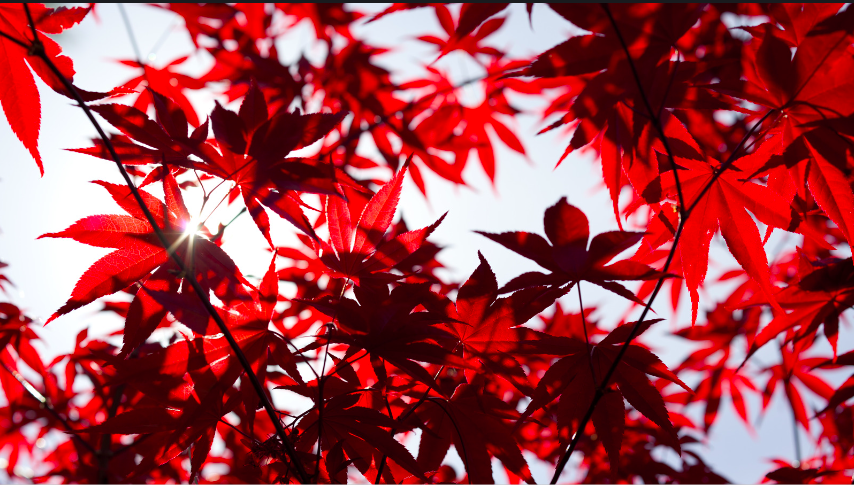
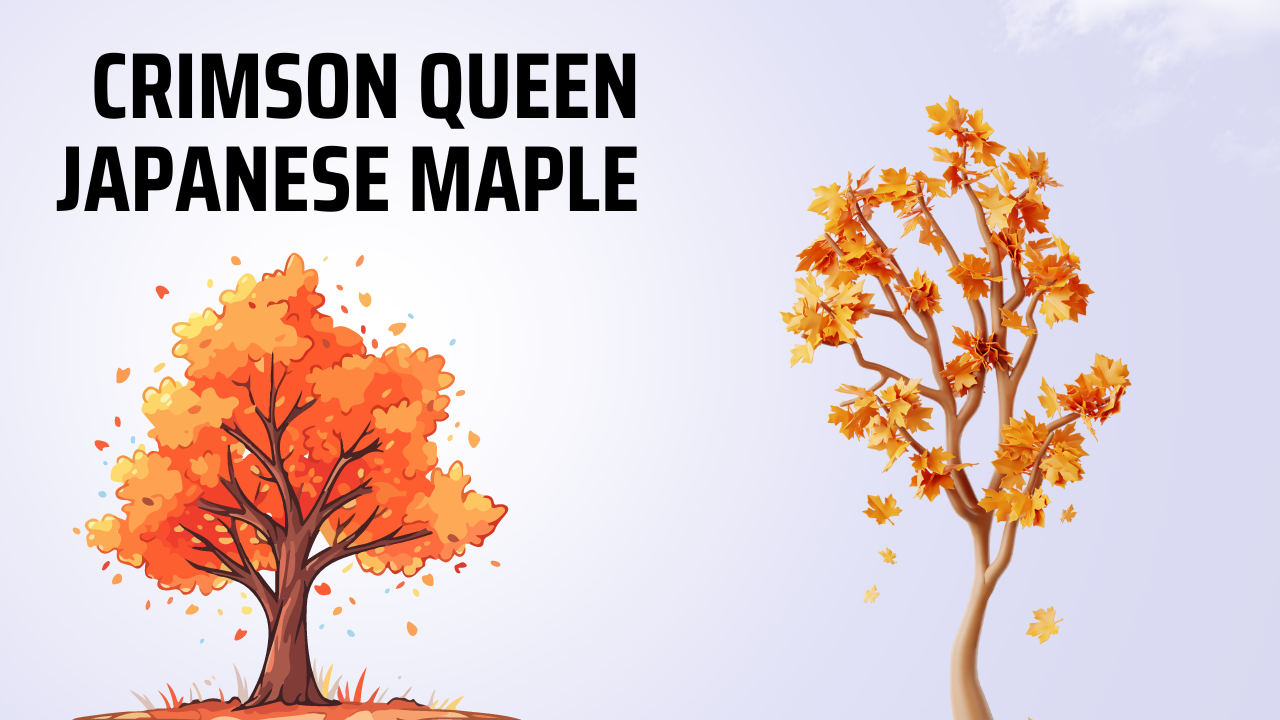

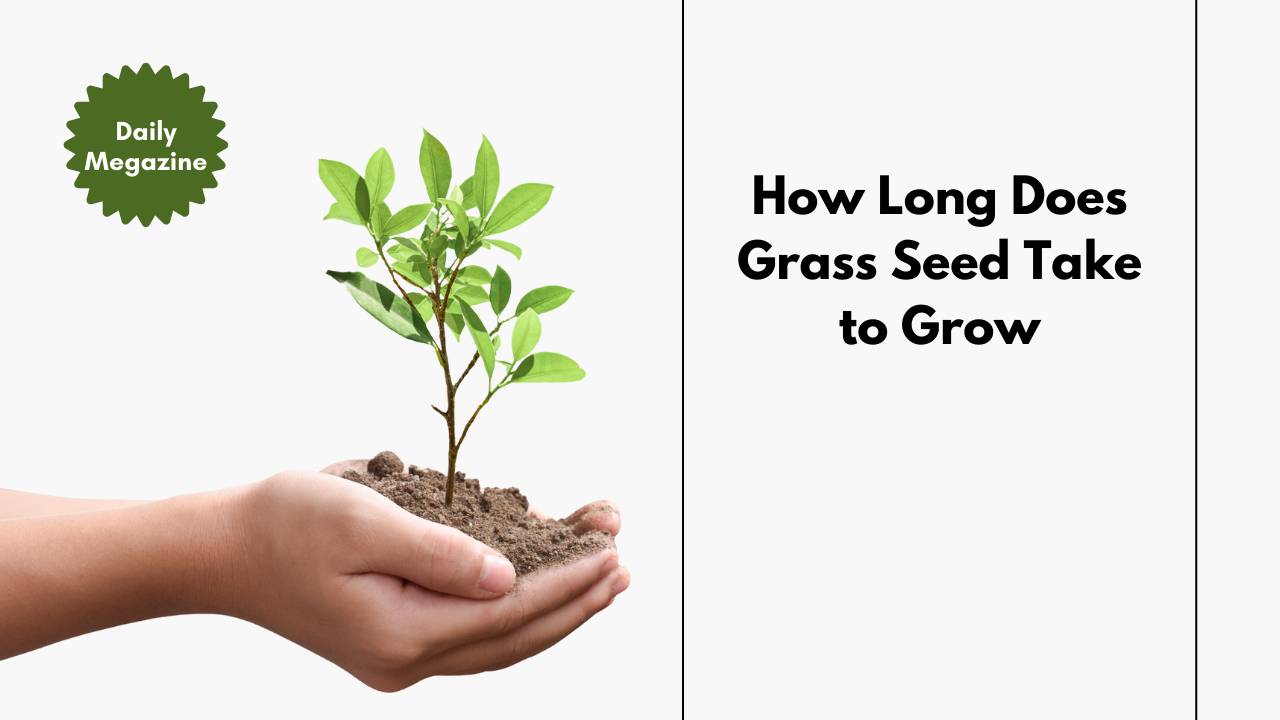
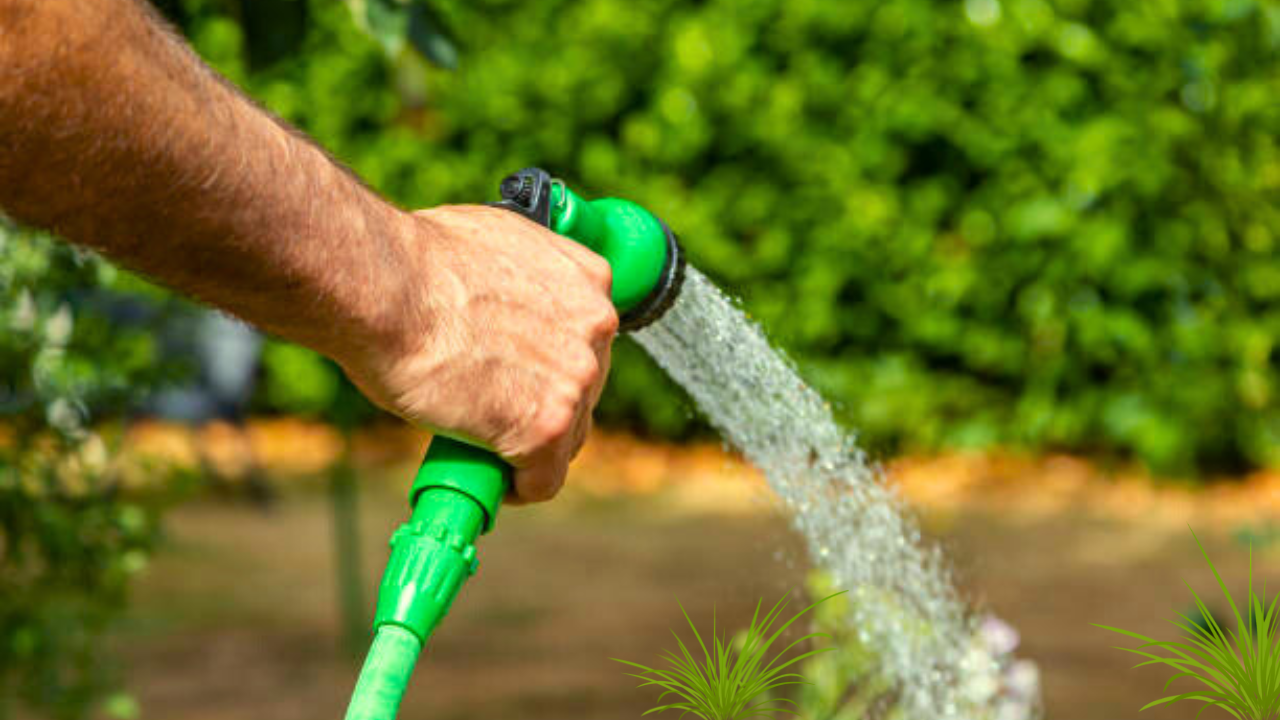

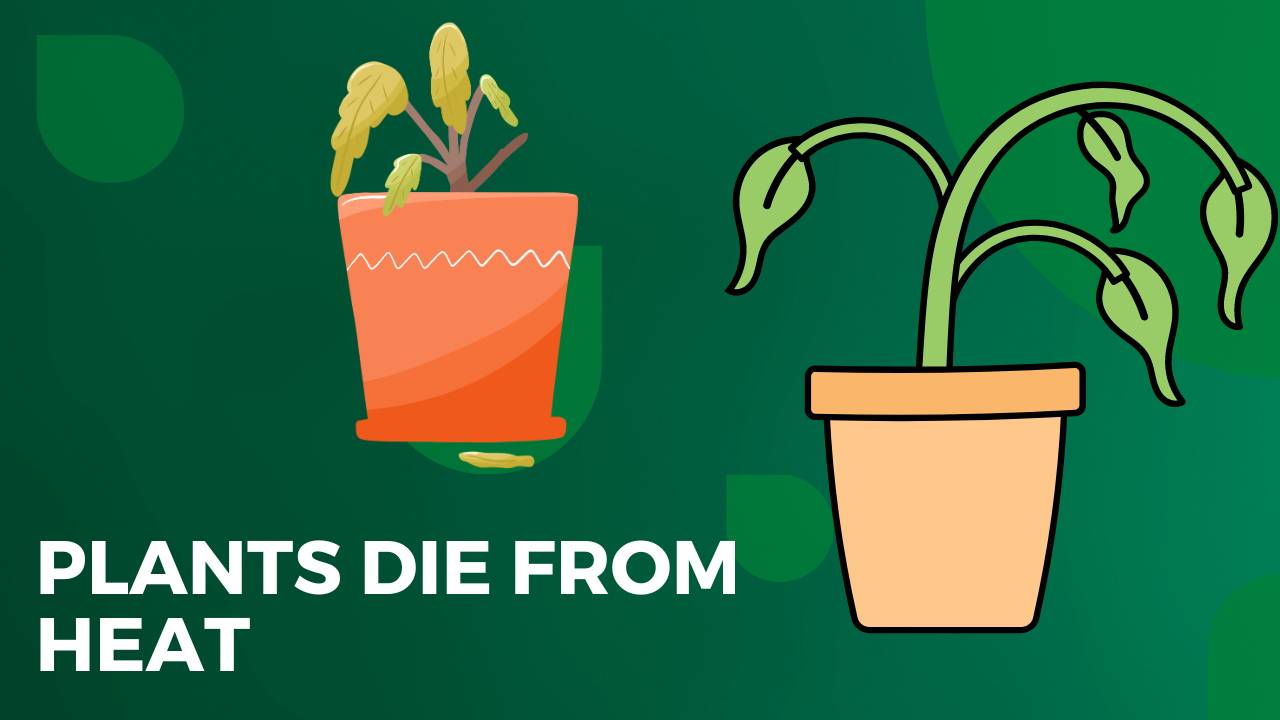
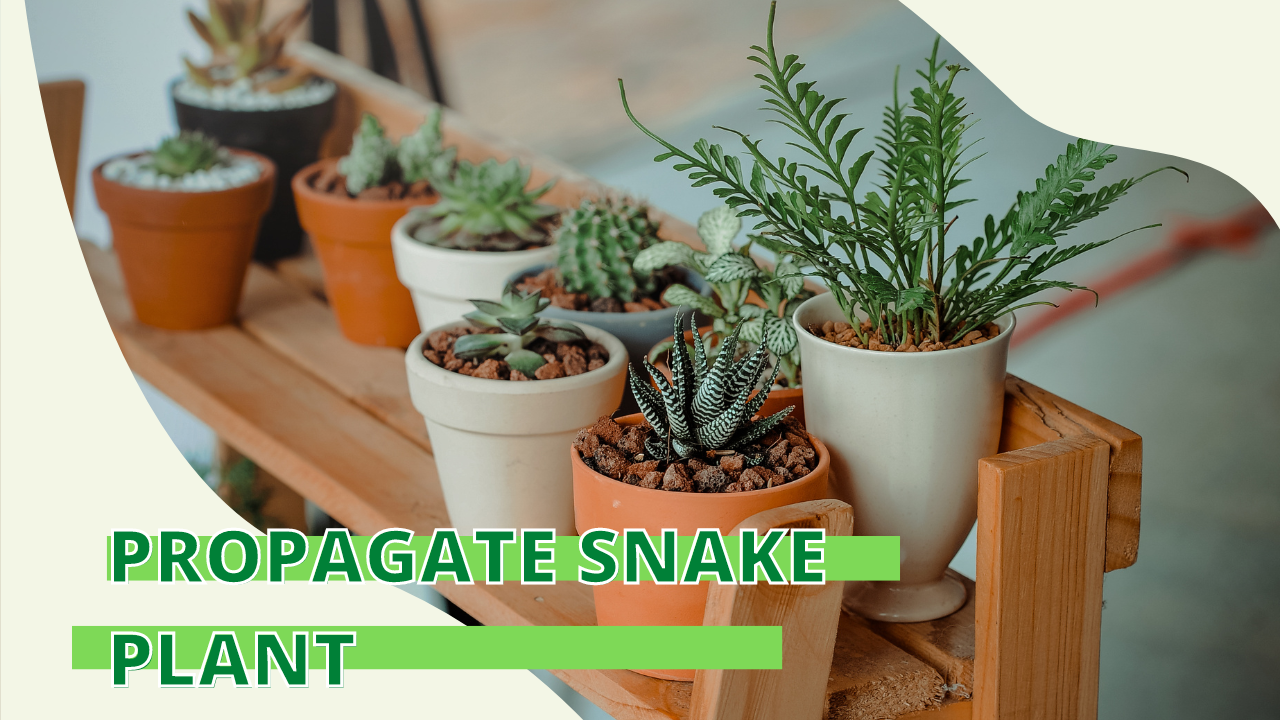
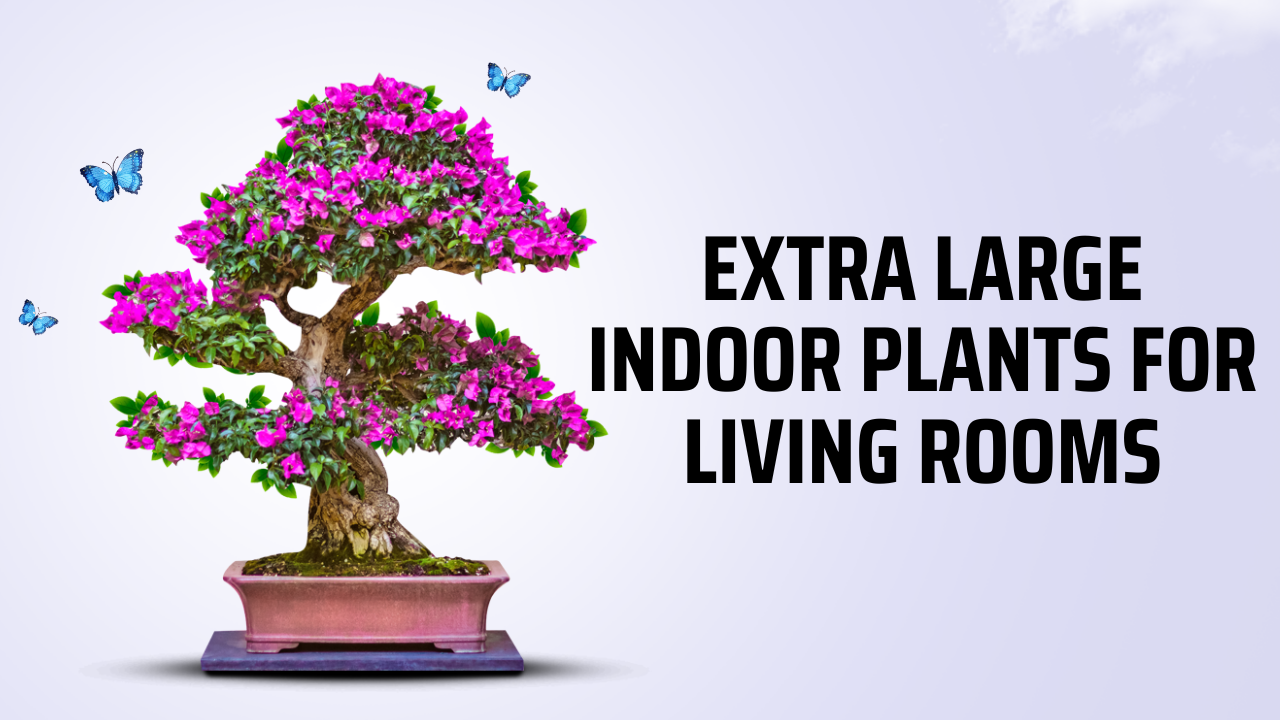

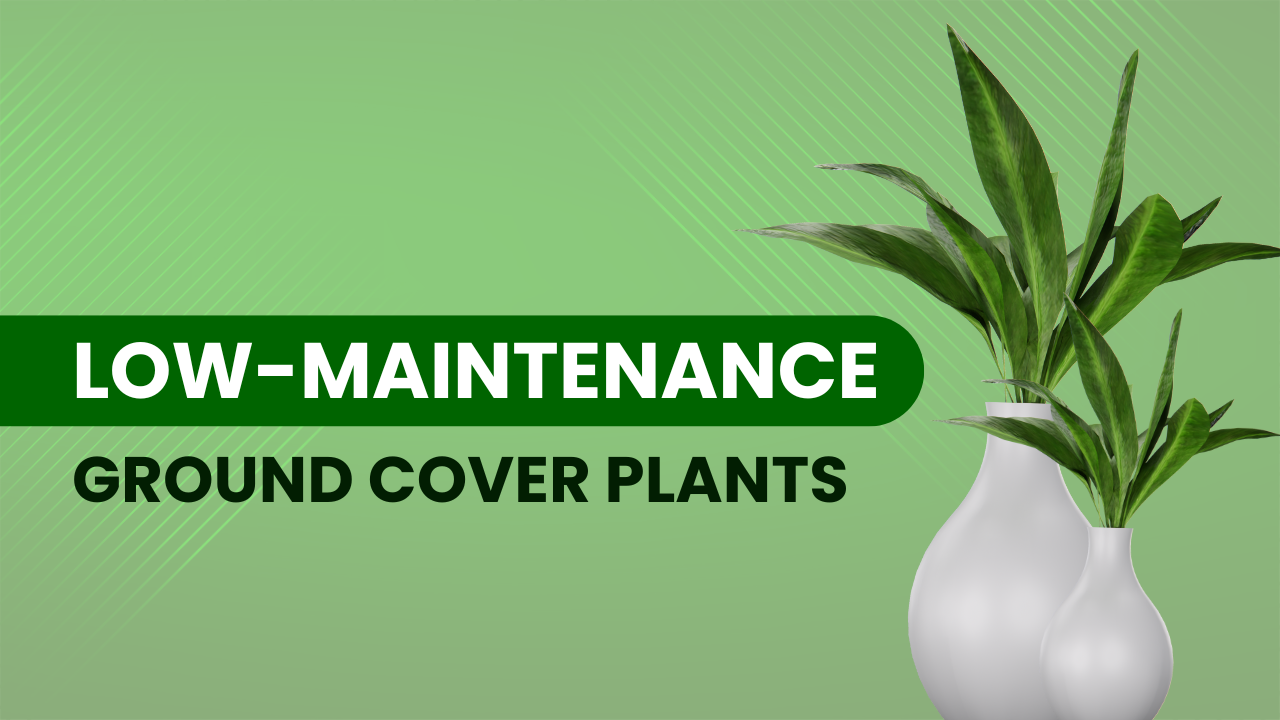



2 thoughts on “Best Hanging Flower Plants for Balconies”